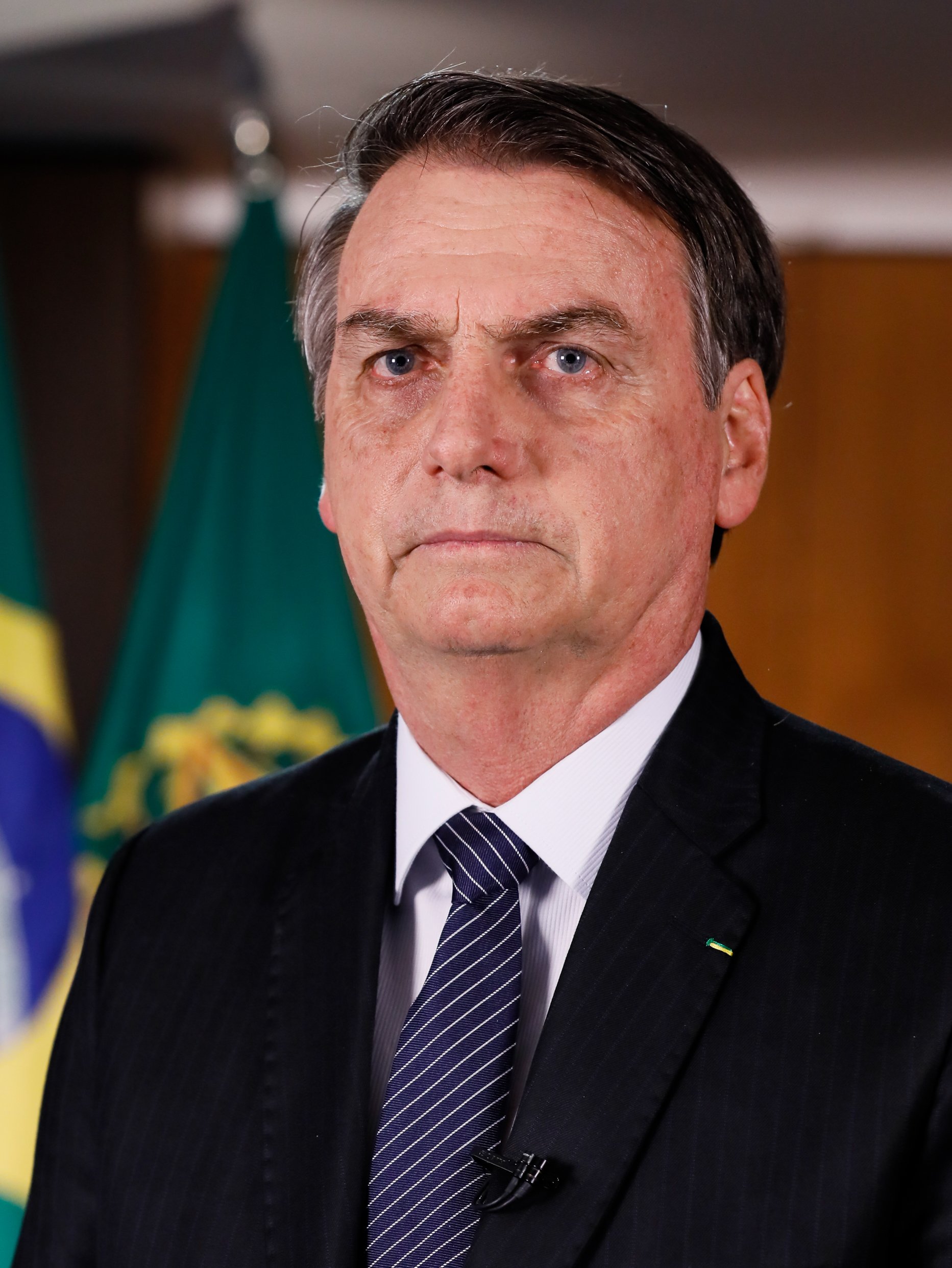Japan To Release Treated Radio Active Water In 48 Hours

BY BBC
Japan will start releasing treated radioactive water from the tsunami-hit Fukushima nuclear plant into the Pacific Ocean on Thursday, despite opposition from its neighbors.
The decision comes weeks after the UN's nuclear watchdog approved the plan.
Some 1.34 million tonnes of water - enough to fill 500 Olympic-size pools - have accumulated since the 2011 tsunami destroyed the plant.
The water will be released over 30 years after being filtered and diluted.
Authorities will request for the plant's operator to "promptly prepare" for the disposal to start on 24 August if weather and sea conditions are appropriate, Japan's Prime Minister Fumio Kishida said on Tuesday after a Cabinet meeting.
Mr. Kishida had visited the plant on Sunday, prompting speculation the release was imminent.
The government has said that releasing the water is a necessary step in the lengthy and costly process of decommissioning the plant, which sits on the country's east coast, about 220km (137 miles) northeast of the capital Tokyo.
Japan has been collecting and storing the contaminated water in tanks for more than a decade, but space is running out.
In 2011, a tsunami triggered by a magnitude 9.0 earthquake flooded three reactors of the Fukushima Daiichi Nuclear Power Plant. The event is regarded as the world's worst nuclear disaster since Chornobyl.
Shortly after, authorities set up an exclusion zone which continued to be expanded as radiation leaked from the plant, forcing more than 150,000 people to evacuate from the area.
What actually happened at Fukushima Daiichi? On 11 March 2011?
The strongest earthquake ever recorded in Japan shook the country for six minutes. The earthquake and the ensuing tsunami resulted in the death of 19,729 people (with 2559 still missing).
It damaged the backup generators at the Fukushima Daiichi plant. Although all three of the reactors that were operating were successfully shut down, the loss of power caused cooling systems to fail in each of them within the first few days of the tragedy.
Rising residual heat within each reactor’s core caused the fuel rods in reactors 1, 2, and 3 to overheat and partially melt down, leading at times to the release of radiation. Melted material fell to the bottom of the containment vessels in reactors 1 and 2 and bored sizable holes in the floor of each vessel—a fact that emerged in late May.
Those holes partially exposed the nuclear material in the cores. Explosions resulting from the buildup of pressurized hydrogen gas occurred in the outer containment buildings enclosing reactors 1 and 3 on March 12 and March 14, respectively.
Workers sought to cool and stabilize the three cores by pumping seawater and boric acid into them. Because of concerns over possible radiation exposure, government officials established a 30-km (18-mile) no-fly zone around the facility, and a land area of 20-km (12.5-mile) radius around the plant—which covered nearly 600 square km (approximately 232 square miles)—was evacuated.
After a few days, the effects of the nuclear disaster could be seen worldwide, although of course extremely diluted: the global system of measure points registered radioactive iodine and cesium in the atmosphere.
The release of medium and highly radioactive contaminated water (directly and through the groundwater) into the Pacific has already resulted in measurable exposure of marine organisms: fishing of sand eels near the affected coast has been forbidden, but the radioactive particles are also spread and absorbed by algae, mussels, fish and crabs.
Tags: Un Signstv Fukushima Nuclear Disaster Fumio Kishida
Related
Share this article
Experienced and versatile writer, dedicated to using my exceptional writing and editing skills to inform and advocate. My work focuses on educating and entertaining readers on a range of topics, with a particular expertise in matters of disability.
View articles

